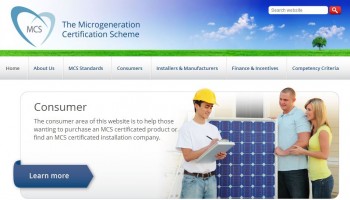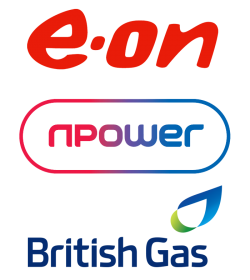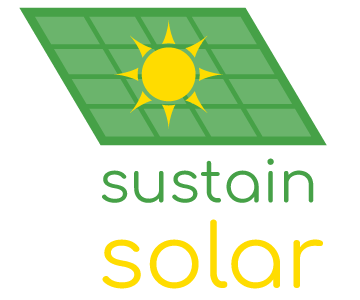Many governments around the world have introduced incentive schemes to encourage the take-up of solar PV. This includes initiatives aimed at consumers as well as businesses but the most significant incentive is the feed in tariff scheme, which has been adopted by the UK government.
As part of the feed-in tariff (FIT) scheme, you will be paid for every unit of electricity that you generate, regardless of whether you use the electricity or not.
Since its introduction in 2010 the feed in tariff has encouraged thousands of UK homeowners to install solar PV. The feed in tariff delivers strong financial returns and you’ll also benefit from lower energy bills, which is obviously an advantage with rising fuel prices. Furthermore, you are able to make a significant impact on helping the environment so installing solar PV is most certainly a feel-good investment.
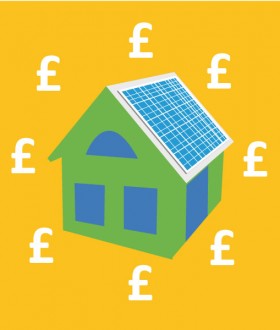
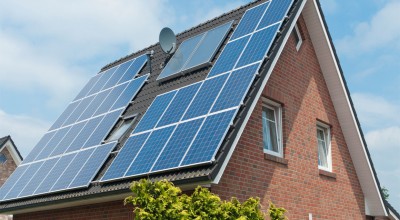
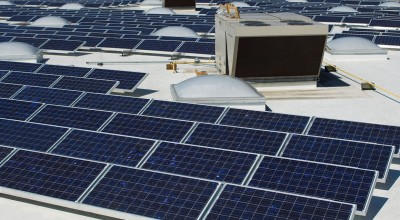
How The Feed In Tariff Works
The feed-in tariff is guaranteed by the government for 20 years, so when you have your installation you will receive payments for the next 20 years. Everything you earn is tax free, provided that you live in the property and don’t rent it out. Additionally, the feed in tariff rate will increase in line with inflation, so you receive an income that reflects current circumstances.
The feed in tariff rate depends on the size of the solar PV system. The maximum rate is typically applied to smaller domestic installations, while larger commercial applications offer a lower feed in tariff rate. This does not mean that larger systems are not a good investment. On the contrary, if more panels are installed then more electricity is produced and the income is still significant from the feed in tariff.

Get Paid For The Electricity You Produce
You get paid for the electricity you produce and this is known as the generation tariff. You will be paid the current FIT rate by your electricity supplier for every unit of electricity your system generates. This is regardless of whether you use it in your property or not. For domestic and small installations (below 4 kWp) the feed in tariff rate is 14.38p for every unit (or kWh) generated. See the Ofgem website for the current rates.

Get Paid For The Electricity You Don’t Use
You will receive payments for the electricity you don’t use and this is known as the export tariff. It’s more than likely that you won’t use all the energy generated by the solar PV system, so what’s left over is exported to the electrical grid. As part of this process you will receive an extra 4.77p for every unit of electricity exported and this is also paid for by your electricity supplier. Most electricity suppliers are not able to meter this information, so they make an assumption that you’ll use half the units produced and pay for the rest.

Energy Bill Reduction
The electricity that is produced by the solar PV system will feed directly into your house, so it can be used to power appliances and other electrical items during daylight hours. With electricity prices continuing to rise, this is a massive benefit for many of our clients. Many of our domestic customers find that they can save significant amounts of money by changing their habits. It can pay more dividends if you use the washing machine and dishwasher during the day, therefore removing the requirement to use electricity from the grid during evenings.
Feed In Tariff Example
Generation Tariff + Export Tariff + Bill Savings = Annual Benefit*
A well-designed 2.88kWp solar PV system installed by Sustain will receive feed-in tariff (generation and export tariff) payments of approximately £400 per annum. In addition to this, you are likely to save in the region of £150 a year on electricity bills. By factoring in the installation cost and this income you are likely to receive a return on investment of up to 10%. This calculation does not include any likely energy price rises, so the return on investment could be more.
It is therefore not surprising that a lot of families and businesses are choosing to have solar PV systems installed by Sustain as opposed to investing their capital with a bank or building society.

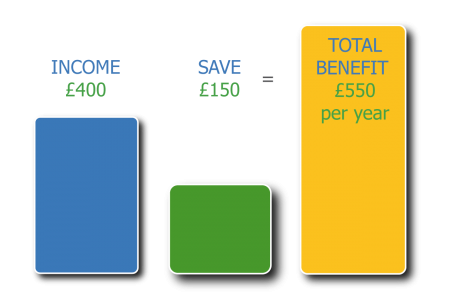
*Figures based on average 16 pence per kWh for a UK Domestic Home, with 50% of the electricity used in the property and 50% exported to the grid. This is a simple example, the figures may very slightly depending on a number of factors.
Eligibility
To receive the Feed in Tariff, your solar PV system needs to meet some basic criteria:
- Your solar PV installer is required to be accredited with the Microgeneration Certification Scheme (MCS) which, Sustain are a member.
- The technologies that are installed, including the solar PV panels, inverter and other equipment must also be MCS approved. They should not be second-hand or reconditioned equipment because this is not eligible.
- The solar PV system size should be less than 4kWp to achieve the highest feed in tariff rate. The vast majority of domestic systems are well within this limit. Larger commercial systems have a lower feed in tariff rate but the investment is certainly relevant and lucrative.
- Your electricity should offer feed in tariff payments. The United Kingdom’s largest suppliers, including British Gas, E.ON, EDF, Npower, ScottishPower and Scottish & Southern Energy are obliged to make these payments under law. Many other smaller electricity providers have opted in to the feed in tariff scheme. Check to see if your current electricity provider is offering the feed in tariff scheme.
- Since April 2012, properties are also required to meet minimum energy efficiency standards to claim the full benefits of the feed in tariff.
Energy Performance Certificates
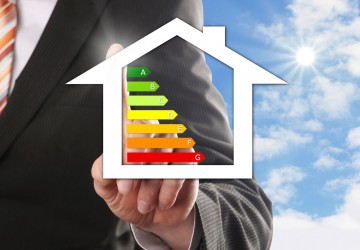
Feed In Tariff Registration
Registering for the feed in tariff is relatively straightforward but certain things need to be completed before payments are received. Firstly, Sustain will add your details to the central MCS database and we will then send you a certificate confirming that the solar PV system complies with the appropriate microgeneration standards. You will also receive a handover pack with information on your solar PV system.
You are then required to contact your electricity provider to register for the feed in tariff scheme. You need to send your electricity provider a completed application form, together with your MCS certificate and energy performance certificate. Don’t worry about any of these processes, Sustain will guide you through the paperwork requirements.
Your electricity provider will undertake some checks with the MCS database to clarify that the solar PV system is eligible and they will subsequently add you to the Ofgem Central feed in tariff register. You will be given information in relation to the meter readings that are required and they will inform you when to expect feed in tariff payments.
